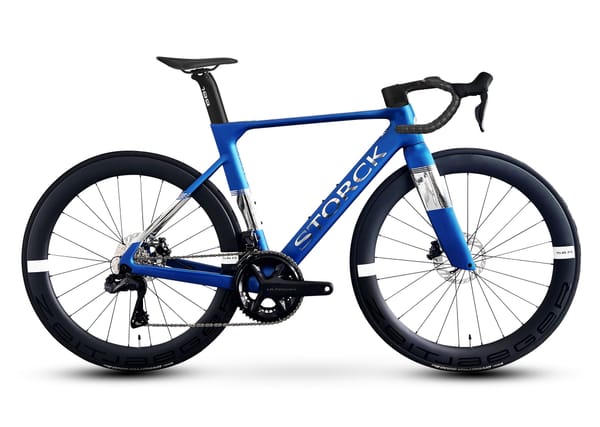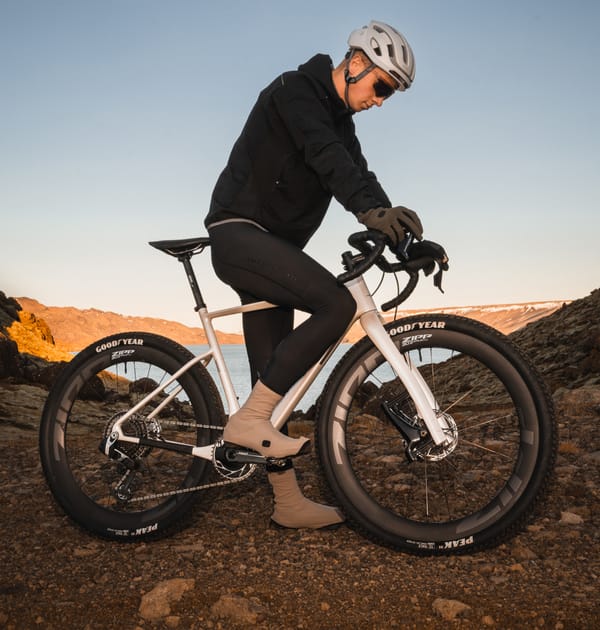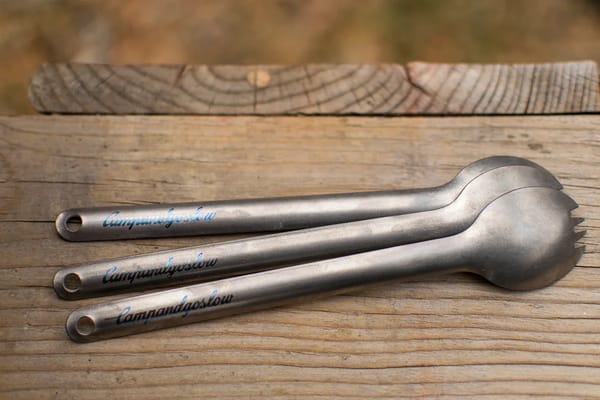Inside the Body of an Ultra-Endurance Cyclist: What a 2,725-Mile Race Really Does
A deep dive into the astonishing physiological changes of a 47-year-old cyclist who completed the 4,385 km Tour Divide. Discover how extreme endurance re-shapes muscle, metabolism, and more.

Imagine cycling from Canada to Mexico. Not on smooth, paved highways, but on rugged dirt roads and single-track trails that snake along the Continental Divide. You’re on your own—no support cars, no cheering crowds, just you and the wilderness for 4,385 kilometers (2,725 miles).
This is the Tour Divide, one of the most grueling ultra-endurance bike races on the planet. One 47-year-old man didn't just complete it; he allowed scientists a rare, in-depth look into what such an extreme feat does to the human body. The findings are nothing short of astonishing.
For 16 days, 7 hours, and 45 minutes, our subject pedaled for an average of nearly 17 hours a day, sleeping for just 5.5 hours each night. He battled temperatures ranging from a freezing -3°C (26°F) to a blistering 41°C (106°F).
You'd expect him to finish wasted away, a shadow of his former self. But that's not what happened.
The Surprising Body Transformation
When researchers put him through a battery of tests just 36 hours after he crossed the finish line, they uncovered some incredible paradoxes.
First, the scales didn't budge. Despite burning an average of 6,100 calories a day, the cyclist's weight remained exactly the same. How? He was a master of "energy balance," meticulously consuming an average of 6,377 calories daily from whatever he could find in small towns along the route.
But the stability in weight hid a dramatic recomposition happening inside his body. MRI scans revealed he had:
- Lost significant fat from around his organs (visceral fat) and under his skin (subcutaneous fat).
- Gained lean muscle mass in his legs. His individual muscle fibers actually grew larger!
Think about that: in just over two weeks, he torched fat and built muscle, all while performing one of the most demanding endurance events imaginable.
A Performance Paradox: Stronger and Weaker at the Same Time?
Here’s where the story gets truly fascinating. Despite the grueling effort, the cyclist’s peak performance didn't drop. His maximal power output and VO2 max (a key indicator of aerobic fitness) were identical before and after the race. He was just as strong on paper as when he started.
But a look deep inside his muscles told a different story.
Scientists took muscle biopsies from his vastus lateralis (a large quad muscle) and found that his cellular machinery was showing signs of strain. Specifically:
- Mitochondrial function decreased. The "powerhouses" of his cells, responsible for generating energy, were operating at a reduced capacity—down by as much as 28%.
- Vascular function was impaired. The health of his blood vessels in his legs, crucial for delivering oxygen-rich blood, had declined by a staggering 49%. The effect was comparable to what researchers have seen after 10 days of complete leg immobilization!
How could his performance remain elite while the very systems that support it—oxygen delivery and energy production—were compromised?
Researchers believe this points to a "metabolic reserve" in highly trained athletes. Their bodies are so well-conditioned that they can maintain high levels of function even when their internal systems are running in a suboptimal state. It’s like a high-performance engine that can still win the race even with a few fouled spark plugs.
The Takeaway: The Astonishing Resilience of the Human Body
This incredible case study reveals the remarkable plasticity of the human body. It shows that under extreme stress, our bodies can perform incredible feats of adaptation on the fly—burning fat, preserving muscle, and pushing through cellular-level deficits to maintain performance.
While most of us will never attempt anything like the Tour Divide, this research offers a unique window into the outer limits of human endurance. It proves that the body is not just a machine, but a dynamic, resilient system capable of adapting to challenges in ways we are only just beginning to understand.





